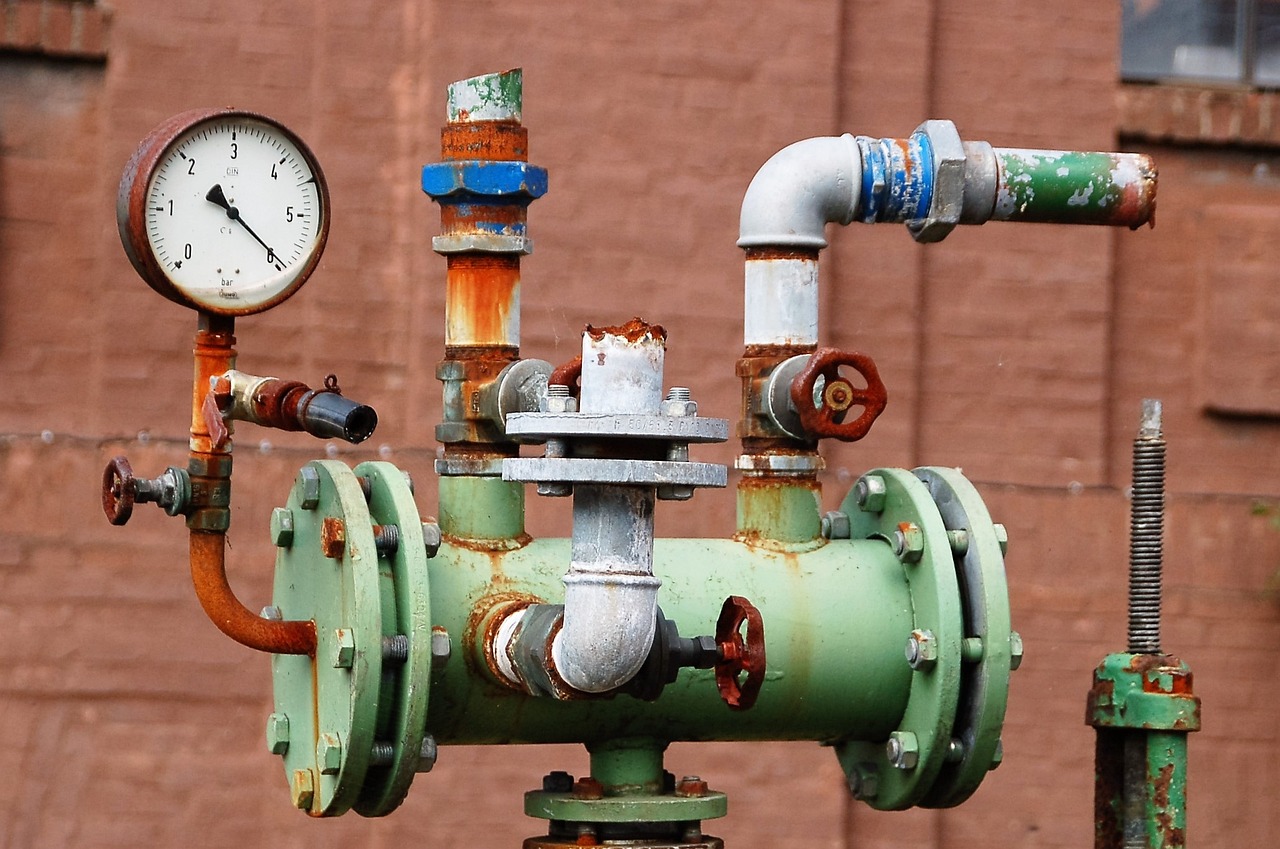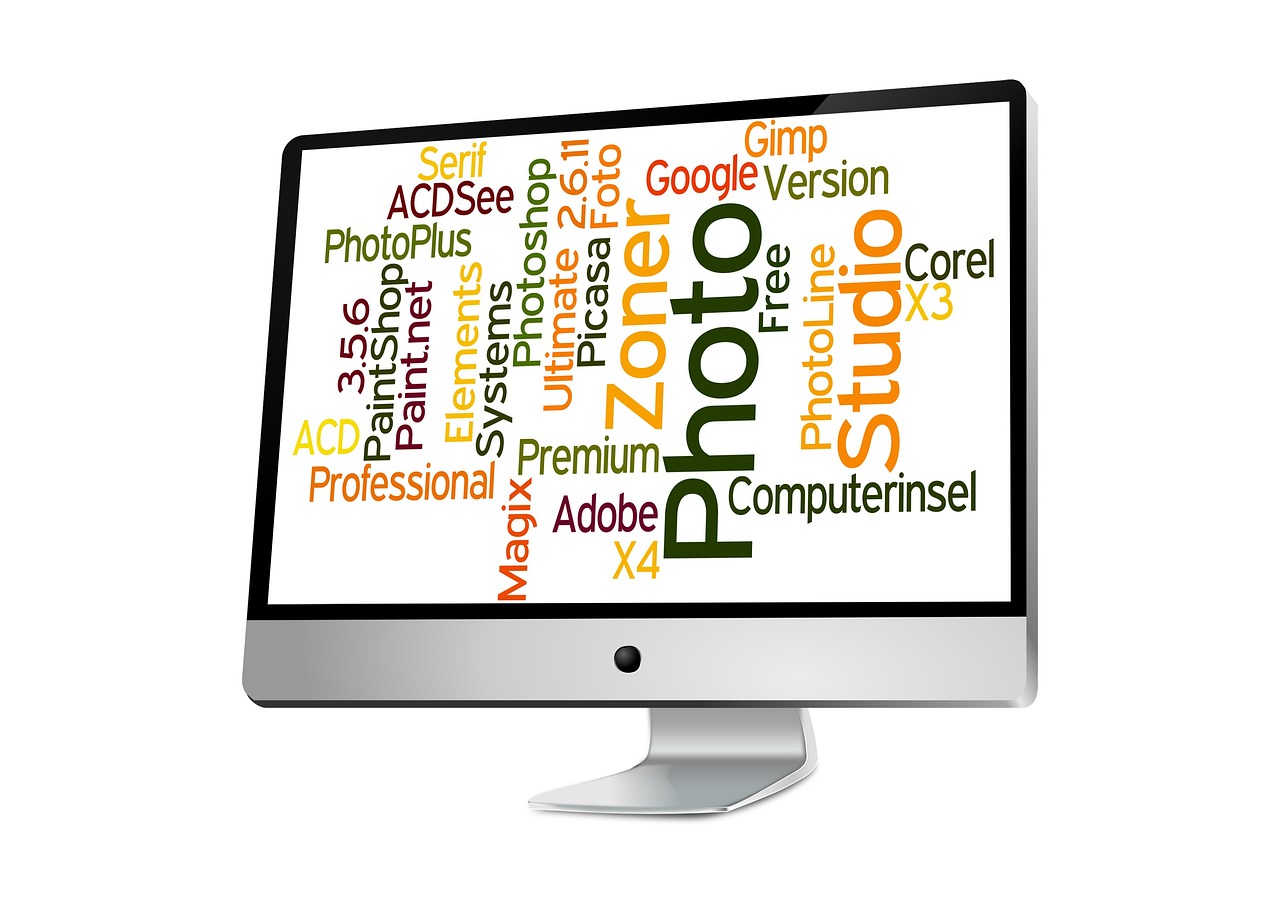PLC与伺服控制器的区别
PLC(可编程逻辑控制器)和伺服控制器是两种不同类型的控制器,它们在工业控制系统中发挥着不同的作用。PLC是一种数字计算机,用于控制、监测和管理工业过程。它们通常用于控制简单的机器操作,如开关控制、电机控制等。PLC可以通过编程来实现各种复杂的控制逻辑,如顺序控制、过程控制等。伺服控制器则是一种专门用于控制伺服系统的控制器。伺服系统是一种精密的机械系统,用于精确控制物体的位置、速度和加速度。伺服控制器可以通过接收来自PLC或其他控制器的指令来精确控制伺服系统的操作。PLC和伺服控制器的主要区别在于它们的应用领域和控制精度。PLC通常用于控制简单的机器操作,而伺服控制器则用于控制精密的机械系统。
Title: The Difference between PLC and Servo Controllers
When it comes to industrial automation, PLC (Programmable Logic Controller) and Servo Controllers are two key components that play a crucial role in the operation of machines and processes. However, despite their similarities, there are significant differences between PLC and Servo Controllers that are important to understand for effective application in industrial settings.

Firstly, PLCs are designed to handle logic and sequencing tasks in industrial automation. They are programmed to receive inputs from sensors or other devices, process these inputs according to predefined logic rules, and then output control signals to actuators or other devices to perform specific actions. PLCs are capable of handling complex logic and sequencing requirements, making them ideal for applications where predictability and reliability are crucial.
On the other hand, Servo Controllers are specialized controllers designed to handle the precise positioning and motion control of industrial machines and processes. They receive inputs from sensors or other devices related to the position or motion of an object, and then output control signals to actuators or other devices to adjust the position or motion of the object according to predefined control algorithms. Servo Controllers are capable of handling high-precision positioning and motion control requirements, making them ideal for applications where accuracy and speed are crucial.
Secondly, in terms of hardware, PLCs and Servo Controllers also have significant differences. PLCs typically consist of a CPU, memory, input/output interfaces, and communication interfaces. They are designed to be flexible and easy to program, with a focus on logic and sequencing tasks. On the other hand, Servo Controllers typically consist of a microcontroller, position feedback device, power amplifier, and communication interfaces. They are designed to provide high-performance positioning and motion control, with a focus on precision and speed.

Thirdly, in terms of software, PLCs and Servo Controllers also have significant differences. PLCs are programmed using ladder logic or structured text programming languages, which are easy to learn and implement. The programming environment for PLCs typically provides a user-friendly interface that allows engineers to easily create, test, and deploy logic and sequencing programs. On the other hand, Servo Controllers are programmed using more complex algorithms and data processing techniques. The programming environment for Servo Controllers typically provides more advanced features such as advanced motion profiles, multi-axis coordination, and collision detection.
Fourthly, in terms of cost, PLCs and Servo Controllers also have significant differences. PLCs are typically less expensive than Servo Controllers due to their simpler hardware and software requirements. However, the cost of PLCs and Servo Controllers can vary depending on the specific application and requirements. In some cases, the cost of a Servo Controller may be justified by the precision and speed advantages it provides over a PLC.
Finally, in terms of support and maintenance, PLCs and Servo Controllers also have significant differences. PLCs are typically easier to support and maintain due to their simpler hardware and software designs. On the other hand, Servo Controllers may require more complex support and maintenance due to their advanced features and high-performance requirements.

In conclusion, PLCs and Servo Controllers have significant differences in terms of functionality, hardware, software, cost, and support/maintenance. When selecting a controller for an industrial automation application, it is important to carefully consider these differences to ensure that the selected controller meets the specific requirements of the application while providing the best overall value.
Articles related to the knowledge points of this article:
PLC Controller Testing Platform: A Comprehensive Guide
PLC Application in Servo Controller